Biology Classes
Whether it’s Science of Living things or the study of Microorganisms, find Biology classes to fit any need—all taught by highly-vetted expert instructors.

Science of Living things (BIO1)
Total # of live classes: 6
Science is a systematic process that makes enquiry about living things. Living things have life; they can be animals, plants, or microscopic organisms.

Classification of Living things (BIO2)
Total # of live classes: 9
Common important features shared by a large variety of living organisms are used to classify them.
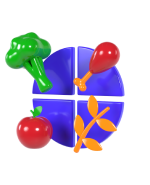
Nutrition (BIO3)
Total # of live classes: 9
All living things feed to remain alive and carry out various activities. Green plants are a class of plants that feed through the process of photosynthesis.
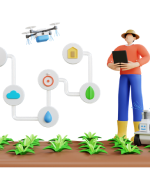
Agriculture, Food Supply and Population Growth (BIO4)
Total # of live classes: 10
Energy is the capacity to do work. Work is done when a force applied to an object moves that object. Power is the rate at which work is done. There are various sources of energy that enable work to be done.

Basic Ecological Concepts (BIO5)
Total # of live classes: 10
Living organisms are constantly interacting with one another and their external environments. Ecology is the study of these multidimensional interactions of living organisms with living and non-living resources to create unique habitats and communities of living things across the world.
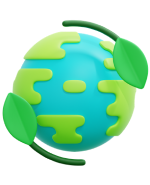
Functioning Ecosystem (BIO6)
Total # of live classes: 7
Activities of the living entities in ecosystems make them functional. Biotic components of an ecosystem are majorly autotrophs (green plants) and heterotrophs (animals).

Ecological Management (BIO7)
Total # of live classes: 6
There are different types of associations among living organism as they interact with one another. Some are advantageous to both organisms, harmful to either of the organisms while others have neither benefit nor adverse effects.

Introduction to Microorganisms (BIO8)
Total # of live classes: 6
Microorganisms belong to an interesting class of living things. They are everywhere and invisible to the eyes. You need a magnifying lens or microscope to see them.
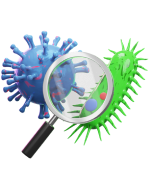
Microorganisms and Health (BIO9)
Total # of live classes: 9
Vectors and pathogens cause diseases. Their activities should be controlled to avoid the spread of infectious diseases. The use of antiseptics, antibiotics, high temperature and dehydration are some of the ways these harmful organisms can be controlled

Cell: Living Unit and Structure (BIO10)
Total # of live classes: 9
The cell is the basic structural and functional unit of life. Organisms are composed of cells at unicellular and multicellular levels. Major function of cells includes the transport of materials within and outside the cell.

Cell: Properties and Functions (BIO 11)
Total # of live classes: 10
Plants and animals need essential nutritional elements in the right proportions for growth and reproduction. Some nutrients are major or minor while others are needed in large or small quantities. These nutrients ensure that there is generation of energy for all cellular activities

Supporting Tissues and Systems (BIO 12)
Total # of live classes: 8
There are different supporting tissues and systems in plants and animals.
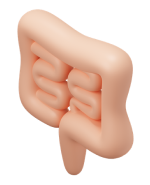
Feeding Mechanisms and Digestive systems (BIO13) Total # of live classes: 6
Total # of live classes: 6
Animals have various ways of obtaining and ingesting food. It is important that food eaten is digested.

Transport Systems and Mechanisms (BIO14)
Total # of live classes: 9
Transport systems are needed in plants and animals for adequate delivery of gases and nutrients, and the removal of waste products from body cells.
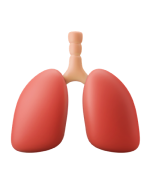
Gaseous Exchange and Respiratory Systems (BIO15)
Total # of live classes: 9
Gaseous exchange can occur in animals and plants through body coverings or specialized respiratory or gas exchange structures. Gaseous exchange can happen between organisms and their external environments.

Pressure in Fluids & Gas Laws (PHY16)
Total # of live classes: 6
Activities of the living entities in ecosystems make them functional. Biotic components of an ecosystem are majorly autotrophs (green plants) and heterotrophs (animals).

Aquatic and Terrestrial Habitats (BIO17)
Total # of live classes: 9
Habitats refer to places where organisms live. It can be aquatic or terrestrial. Terrestrial habitats are those found on land, like forests, grasslands, deserts, shorelines and wetlands.
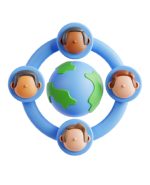
Ecology of Population (BIO18)
Total # of live classes: 8
Various activities of organisms like population explosion, availability and shortage of food, and overcrowding result in shifts in the ecosystem. These shifts further result in different kinds of succession.

Regulation of the Internal Environment (BIO19)
Total # of live classes: 7
Homeostasis is the maintenance of a steady internal environment. It is controlled largely by the brain, especially the hypothalamus.

Simple Alternating Circuits (PHY21)
Total # of live classes: 12
Living organisms have the ability to respond to various stimuli. There is a nervous coordination that helps in the transfer of messages around the body of an organism by means of various nerves.
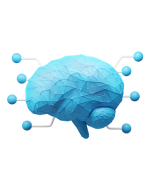
Simple Alternating Circuits (PHY21)
Total # of live classes: 7
Sensory receptors and organs are specialized organs like the eye, nose, ear, skin and mouth. They help to convey raw sensory stimuli and translate them into signals the nervous system can use.

Sexual Reproduction: Systems and Behaviour (BIO22)
Total # of live classes: 12
Sexual reproduction is the production of new organisms by the combination of genetic information of two individuals of different sexes

Development of New Organisms and Fruits (BIO23)
Total # of live classes: 9
All living things undergo one form of change or another throughout their life time. Metamorphosis is a biological process of transformation by which an organism develops from birth into an adult by significant changes in the organism’s body structure through cell growth and differentiation.

Variation, Adaptation for Survival and Evolution (BIO24)
Total # of live classes: 7
Genetics is a branch of biology concerned with the study of genes, genetic variation and heredity in organisms. Heredity is the transfer of character from parents to offspring through gametes.

Genetics (BIO25)
Total # of live classes: 9
Genetics is a branch of biology concerned with the study of genes, genetic variation and heredity in organisms. Heredity is the transfer of character from parents to offspring through gametes.
 +234 915 886 8888
+234 915 886 8888